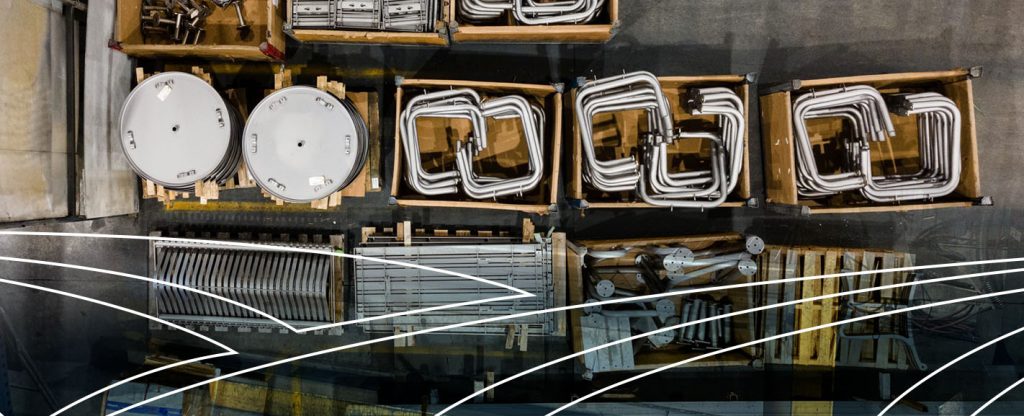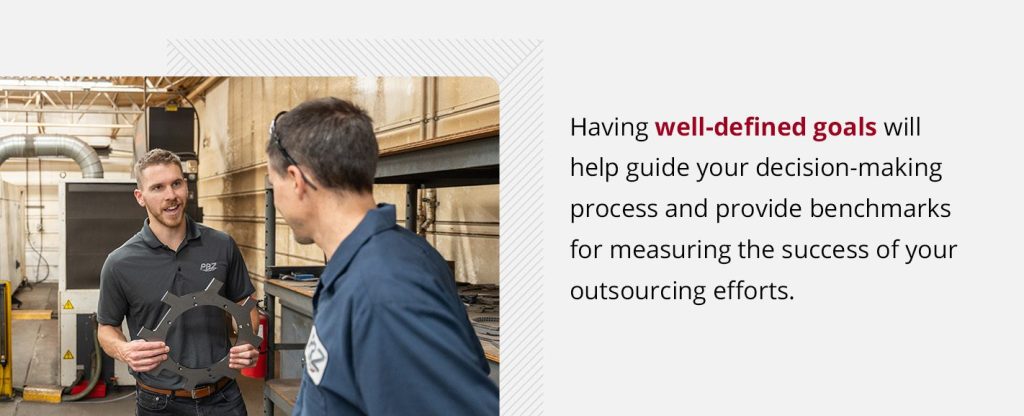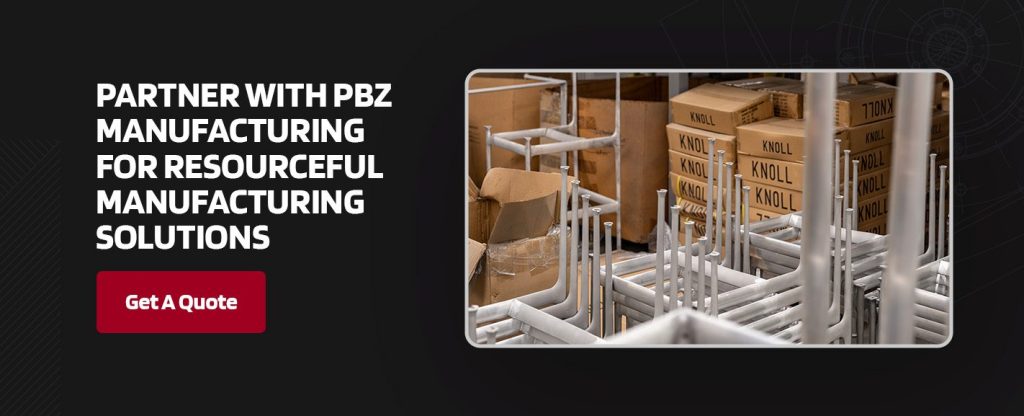

There’s a growing trend of businesses outsourcing product assembly to streamline operations and boost efficiency. This popular strategy allows companies to focus on their core competencies while leveraging specialized expertise for assembly processes. Whether you’re a small startup or an established manufacturer, understanding the ins and outs of outsourcing manufacturing can be crucial to your success. This guide walks you through everything you need to know before taking the leap into outsourcing product assembly, helping you make informed decisions that can propel your business forward.
Outsourcing product assembly refers to the practice of contracting external partners to handle the assembly of components or finished products. It allows companies to delegate the task of assembling various subassemblies to create a complete product. Industries that commonly outsource manufacturing include:
Outsourcing their product assembly allows businesses to tap into specialized expertise and resources without investing in in-house capabilities. This approach enables companies to remain competitive in rapidly evolving markets.
Outsourcing manufacturing has come a long way from its early days. Initially viewed as a cost-cutting measure, it has become a strategic tool for innovation and market expansion. Modern outsourcing partnerships often involve collaborative design processes, shared technology platforms and integrated supply chain management. This evolution has transformed outsourcing from a simple vendor relationship to a strategic partnership that can drive competitive advantage, providing benefits such as:
Before you decide to outsource manufacturing, carefully evaluating your needs and potential partners is critical.
Before you can outsource, conduct a thorough internal assessment. Start by identifying your core competencies that should remain in-house. These are activities that give your company its competitive edge. Determine which products or components are suitable for outsourcing. These items typically require specialized skills or equipment you don’t possess in-house or products with fluctuating demand that would benefit from a more flexible production arrangement.

Set clear objectives for your outsourcing initiative. These objectives should align with your business strategy and could include cost reduction, increasing production capacity or gaining access to new markets. Having well-defined goals will help guide your decision-making process and provide benchmarks for measuring the success of your outsourcing efforts.
Selecting the right outsourcing partner is vital for success. When evaluating potential partners, consider the following factors:
Protecting your interests is paramount when outsourcing product assembly. Develop comprehensive contracts covering all aspects of the partnership, including production targets, quality standards and confidentiality agreements. You’ll also want to verify compliance with relevant industry regulations and standards, particularly if you’re operating in highly regulated industries like medical devices or aerospace.
Clearly defining ownership of designs, processes and innovations that may arise from the partnership can protect your intellectual property — implement robust non-disclosure agreements and establish protocols for handling and transferring proprietary information.
Successfully outsourcing manufacturing requires ongoing effort and communication. Establish clear communication channels by setting up regular update meetings and reporting schedules. Implement project management tools for real-time collaboration and establish escalation procedures for addressing issues promptly.
Performance monitoring and quality assurance are essential. Develop precise key performance indicators (KPIs) for measuring success, implement regular audits and inspections of the outsourcing facility, and establish processes for continuous improvement and feedback.
Foster a collaborative partnership by involving your outsourcing partner in the early stages of product development when possible, sharing long-term business plans to align strategies and investing in relationship-building activities beyond day-to-day operations.
PBZ Manufacturing has been at the forefront of contract manufacturing for over five decades. Our resourceful manufacturing approach has made us a trusted partner for businesses across various industries. We understand the intricacies of outsourcing manufacturing because we live and breathe it daily. Our insights come from real-world experience working with diverse clients across multiple sectors, from agricultural machinery to industrial manufacturing, and exceeding client expectations.
Our team’s extensive experience spans the entire manufacturing process, from design and fabrication to finishing and logistics. This comprehensive understanding of the industry allows us to offer valuable perspectives on both sides of the outsourcing equation and provide practical advice on successfully navigating the outsourcing landscape.

Outsourcing product assembly can transform your business when approached strategically. At PBZ Manufacturing, we’re more than an outsourcing partner — we’re your dedicated manufacturing ally. Our resourceful manufacturing approach means we’re constantly innovating to streamline your production and boost your bottom line. With our full-service capabilities, we help you navigate the complexities of outsourcing manufacturing while shortening overall lead times and reducing costs. Our experienced team offers tailored solutions that fit seamlessly into your manufacturing process.
Contact us today for a free quote to bring your product vision to life.